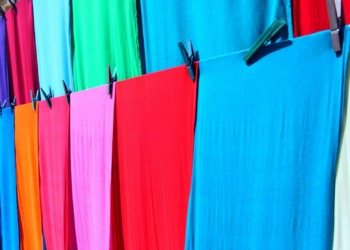Black Friday deals are tempting, and Zara’s are no exception. But some things are too good to be true. With Black Friday almost in full swing, Zara will unveil some of its biggest deals.
Fast fashion brands like Zara, Shein, and H&M are known for offering unbeatable deals, but it’s important to question their origin. Where exactly do these deals come from?
It’s an undeniable fact that cheap products are often the result of cutting corners. For the fashion industry, many times this happens with the exploitation of workers.
Workers’ Conditions at Zara
Workers’ conditions at Zara were labeled as “not good enough.” There are allegations of using unpaid labor and forced labor. Furthermore, the brand was under investigation by French courts due to allegedly being tied to slavery practices in China.
Zara also scored poorly on Fashion Revolution’s Fashion Transparency Index, which evaluates the store’s supply chain based on its transparency.
A lack of transparency should sound alarming, considering the issues regarding its workers.
A few years ago, a media uproar surrounded Zara regarding workers’ rights. In 2017, Zara stores were selling certain clothes with a sewn-in message alleging that the worker who made the item had not been paid.
According to a Zara spokesperson, the alleged unpaid labor did take place, but it was not the fault of the company. As commentators noticed, Zara still benefited from unpaid labor. They just didn’t plan for it.
RELATED ARTICLES: Fast Fashion’s Detrimental Effect on the Environment | Fast Fashion’s Detrimental Effect on the Environment | Legislation Against Fast Fashion: The FABRIC Act
The Environmental Cost of Fast Fashion
Like for many other retailers, Zara’s Black Friday deals aren’t great for the environment.
The environmental impact of fast fashion has been increasing for years. Despite Zara’s new sustainability goals in 2023, there is doubt among commentators that the company will achieve those.
Inditex, Zara’s parent company, vowed to slow production in 2019 to enhance sustainability. However, they increased their production by 10% between 2021 and 2022, indicating a lack of commitment to their pledge.
Will Zara make progress by the next Black Friday?
Editor’s Note: The opinions expressed here by the authors are their own, not those of Impakter.com — In the Featured Photo: A picture of the sign of a Zara store. Featured Photo Credit: Highlight ID.










